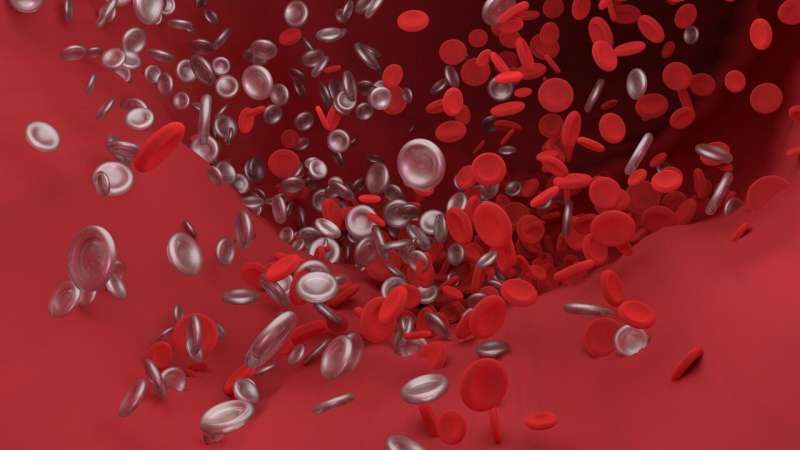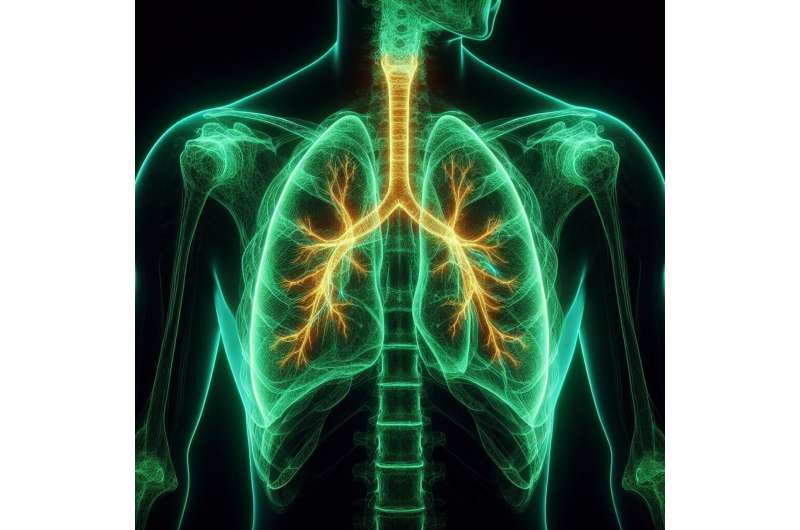Understanding the Link Between Sports and Dangerous Blood Clots

This year has brought renewed attention to the serious health risks associated with blood clots in athletes. Notable athletes such as NBA stars Victor Wembanyama and Damian Lillard, along with tennis legend Serena Williams, hockey player Zdeno Chára, and basketball Hall of Famer Chris Bosh, have experienced deep vein thrombosis (DVT), a type of blood clot that occurs in deep veins of the legs, arms, or pelvis. Although athletes as a group are not inherently at higher risk for blood clots compared to the general population, certain factors related to sports and physical activity can increase their susceptibility.
Dr. J. Sawalla Guseh from Massachusetts General Hospital explains that clots are relatively common, especially among athletes exposed to injuries, surgeries, and specific physical motions, which can contribute to clot formation. DVT can be dangerous if the clot dislodges and travels to the lungs, causing a pulmonary embolism—a potentially fatal event. In 2021, nearly 1.3 million cases of venous thromboembolism (VTE) were recorded in U.S. inpatient settings.
Young individuals under 40 have a low baseline risk of VTE, around 1 in 10,000, but athletes face specific risk factors that can elevate this odds. These include injuries, particularly those requiring surgical intervention like knee repairs or immobilization with casts, which impair blood flow by limiting muscle activity necessary for venous return. Immobilization results in slower blood movement, increasing clot risk.
Repetitive motions in sports, such as pitching in baseball or swinging a tennis racket, can also lead to clot formation in the arteries and veins of the arms, especially in the thoracic outlet—a narrow space between the collarbone and first rib. Effort thrombosis, Paget-Schroetter syndrome, and thoracic outlet syndrome are conditions related to this issue.
Physical features such as tall stature and high body mass index, common in basketball players and muscular athletes, also contribute to clot risk. Genetic predispositions to clotting further elevate individual risk. Additionally, long-distance travel, especially via flights longer than four to six hours, increases the risk of clot development due to prolonged immobility and altitude effects. Dehydration and the use of estrogen-based contraceptives are other contributing factors.
Signs of DVT include leg or arm pain, swelling, skin redness, and warmth. Pulmonary embolism symptoms often involve chest pain, shortness of breath, and heart palpitations. Treatment primarily involves blood-thinning medications, with the duration tailored to the cause—whether provoked by injury or surgery, or unprovoked with an unknown trigger. Recent advances in medications allow some athletes to pause blood thinner use during high-risk periods.
Preventative measures are vital. Staying well-hydrated, moving frequently during long travels, and wearing compression stockings can reduce risk. Post-injury, light activity and mobility are encouraged to promote healthy blood flow. Recognizing early symptoms and seeking prompt medical attention are crucial, given the potentially fatal outcomes of untreated blood clots.
While developing a clot can temporarily disrupt an athlete’s career, modern management allows personalized treatment plans that consider individual needs and career goals. Precautionary measures and early intervention are key to minimizing risks and ensuring athlete safety.
source: https://medicalxpress.com/news/2025-05-sports-dangerous-blood-clots.html
Stay Updated with Mia's Feed
Get the latest health & wellness insights delivered straight to your inbox.
Related Articles
Innovative Approach Targets Mitochondrial Dysfunction to Protect Children’s Vision
New research identifies a groundbreaking approach to prevent vision loss in children with ADOA by targeting mitochondrial dysfunction and the SARM1 protein, offering hope for future therapies.
Innovative 4D Optical Method Maps Airway Wall Elasticity During Bronchoscopy
A breakthrough 4D optical coherence tomography technique enables rapid, detailed mapping of airway wall elasticity during bronchoscopy, enhancing respiratory diagnostics and treatment planning.
Artificial Intelligence Mimics Human Social Perception, Opening New Avenues in Neuroscience Research
A new study reveals that AI models like ChatGPT can evaluate social interactions with accuracy comparable to humans, advancing neuroscience research and practical applications in healthcare and security.



